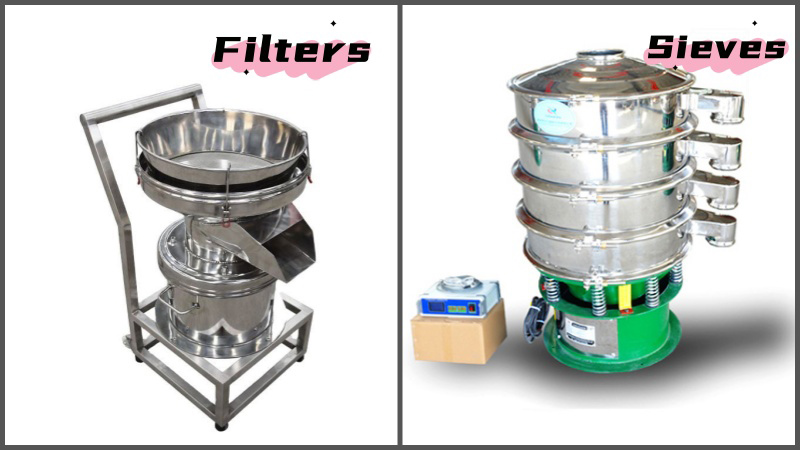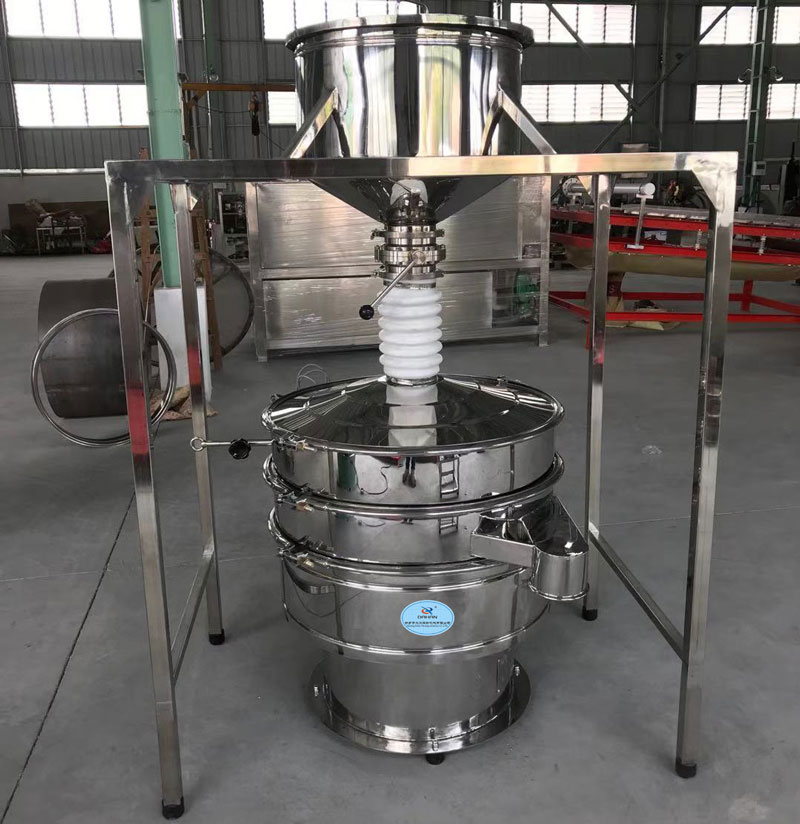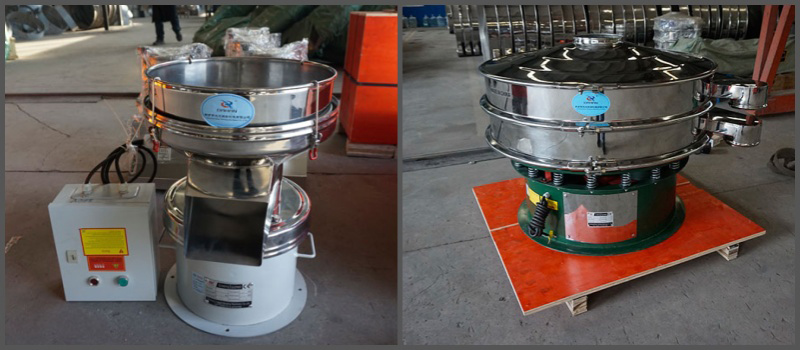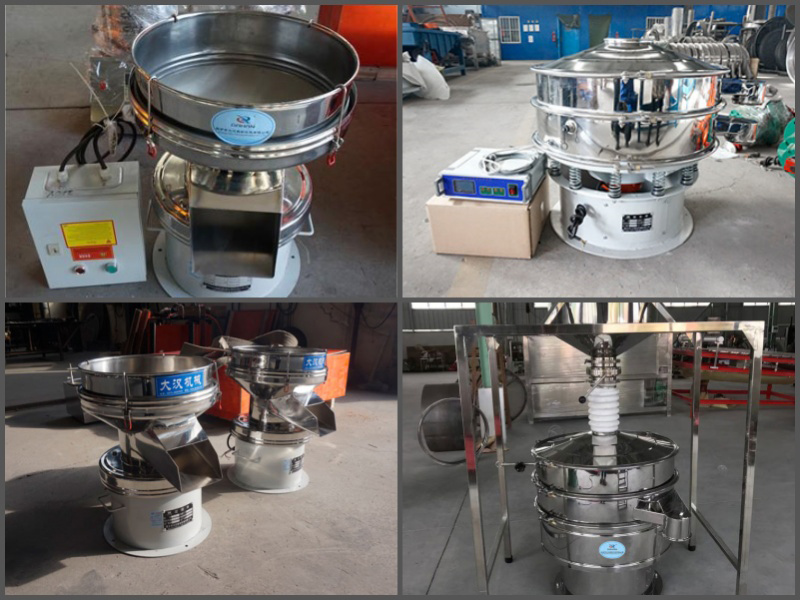Filters and sieves are commonly used filtering tools, and their main purpose is to separate impurities and particles in substances to make desired substances more pure. Although both serve the same purpose, they work differently and are used differently. The following briefly introduces their differences.

Filters use different pore sizes to screen impurities and particles. Usually, paper, cotton cloth or filter screens are used. These pore sizes will not change. Different filtering effects can be achieved through paper, cotton cloth or filter screens with different pore sizes. . Filters remove desired substances from a fluid while retaining unwanted substances.

The sieve is used to separate the impurities and particles in the material by using the different sieve size. Usually, metal wire mesh or plastic mesh is used, and the sieve size can be adjusted to achieve different screening effects. The sieve is used to sort out the desired substances among the particles and keep the unwanted substances.


Filters and sieves are used in different scenarios. Filters are commonly used to handle liquid substances such as water, oil, and beverages. For example, the paper filters we use when filtering tea leaves, the filter elements used in water purifiers, the oil filters used in mechanical processing, etc., all use filters to filter unwanted impurities.

Sieves are usually used to process solid substances, such as sieving powder in food processing, sieving medicinal materials in the pharmaceutical industry, and so on. The size of the sieve can be adjusted according to the particle size of the separated material, and the required material and particles can be selected through the size of the required sieve hole.

Filters and sieves have different capacities. Typically, filters have a higher capacity than sieves. The filter is based on the original pore size of paper, cotton cloth, filter screen, etc. to filter unnecessary impurities, and different filtering effects can be achieved through filter materials with different pore sizes. The sieve is to separate the granular material through the size of the sieve hole, and adjust the size of the sieve hole according to the size of the required material, so the particle size processed by the sieve is smaller than the processing capacity of the filter.
To summarize, although both filters and sieves are commonly used filtering tools, they work in different ways and use scenarios. The filter mainly selects the required substance through the filter file with a fixed pore size, and is suitable for processing liquid substances. The sieve is used to select and separate particulate matter by adjusting the size of the sieve hole, which is suitable for processing solid matter.

Address:China,Yanjin county forest park gate to the west 1000 meters north road.